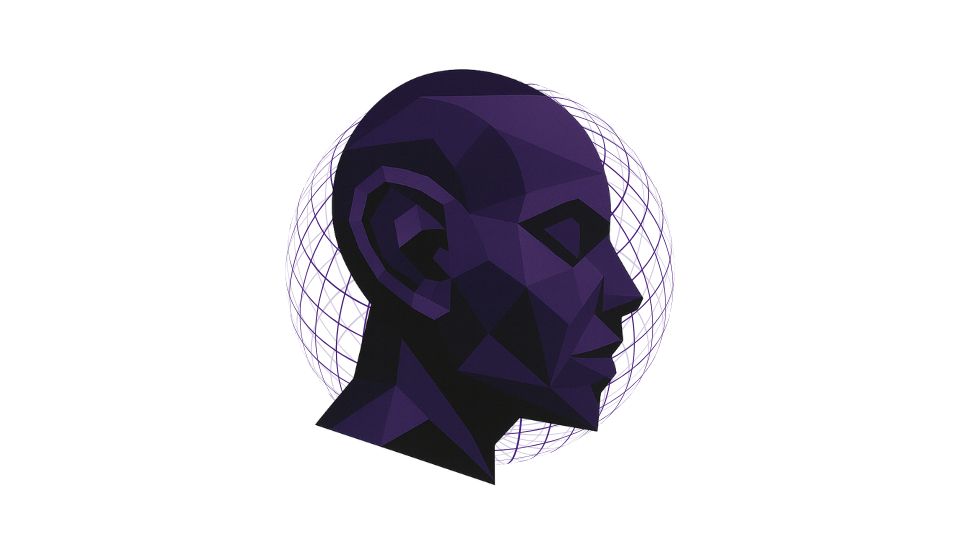Google’s artificial intelligence system, internally dubbed “Big Sleep,” has identified five significant vulnerabilities within Apple’s WebKit rendering engine, a core component powering web browsing across iOS and macOS devices. This discovery underscores a growing trend of advanced AI systems playing a proactive role in uncovering software security weaknesses, bridging the gap between automated analysis and human expertise.
The identification of these critical flaws by an AI initiative from a competing tech giant marks a notable moment in cybersecurity research, showcasing the increasing sophistication of machine learning models in vulnerability detection. While specifics of the vulnerabilities are under wraps pending full remediation, their nature within WebKit suggests potential risks ranging from remote code execution to data exfiltration for users of Apple products. The collaborative disclosure process between Google and Apple exemplifies an industry standard crucial for collective digital safety.
“Big Sleep,” a research project within Google focused on applying advanced AI and machine learning techniques to complex problem-solving, demonstrated its prowess by sifting through vast amounts of code to pinpoint subtle yet critical security defects that might elude traditional auditing methods. This development highlights the potential for AI to augment human security researchers, moving beyond reactive threat detection to predictive vulnerability identification. The system’s ability to recognize intricate patterns and anomalies within complex codebases like WebKit represents a significant leap forward in automated security analysis.
WebKit, an open-source browser engine, is fundamental to Safari and other applications that display web content on Apple’s ecosystem. Flaws within it can have widespread implications, potentially allowing malicious actors to compromise devices through specially crafted web pages or applications. The timely discovery and responsible disclosure by Google to Apple are vital in mitigating these risks before they can be exploited in the wild, safeguarding millions of users. Apple, known for its strong security posture, will now work to issue patches addressing these vulnerabilities, reinforcing its commitment to user safety.
This incident also serves as a testament to the essential, albeit often unseen, cooperation between major technology companies in safeguarding the digital infrastructure. Despite fierce market competition, the established practice of responsible vulnerability disclosure ensures that critical security issues are addressed promptly and effectively, benefiting the entire user base.
As artificial intelligence systems like “Big Sleep” continue to evolve, their integration into cybersecurity practices promises to reshape how software vulnerabilities are discovered, understood, and ultimately defended against. This convergence of AI and security research signals a new era where machines actively contribute to fortifying the digital landscape, demanding continuous adaptation from both developers and threat actors.

